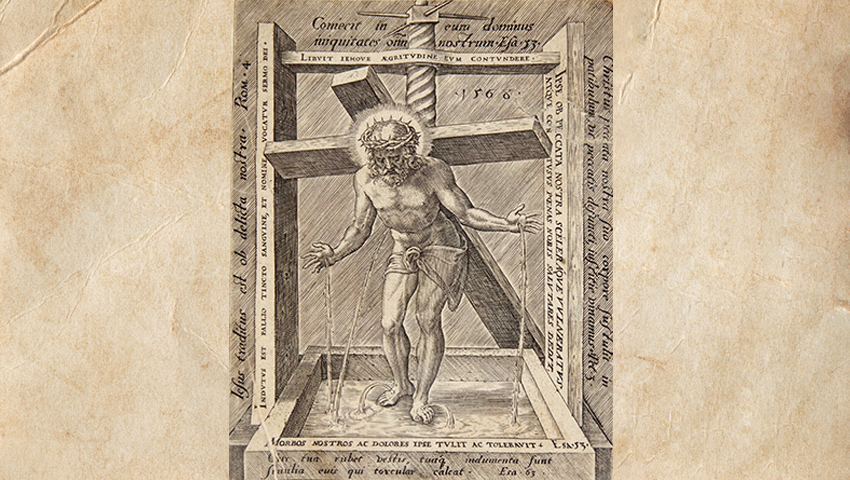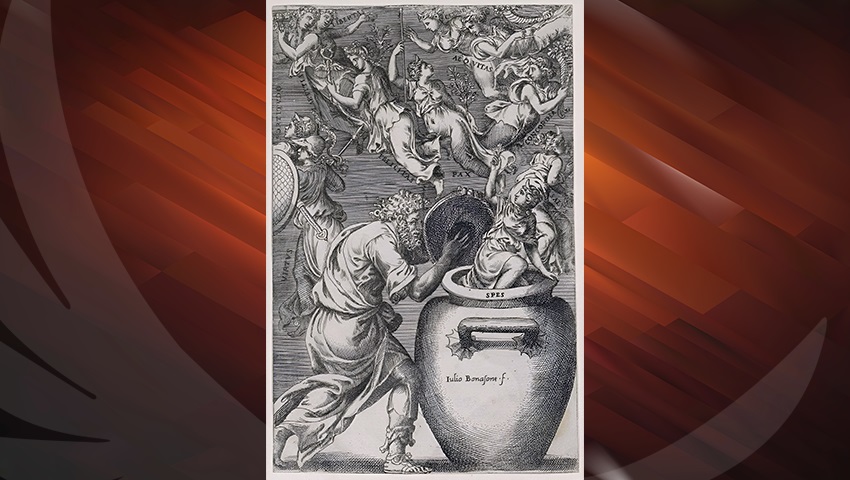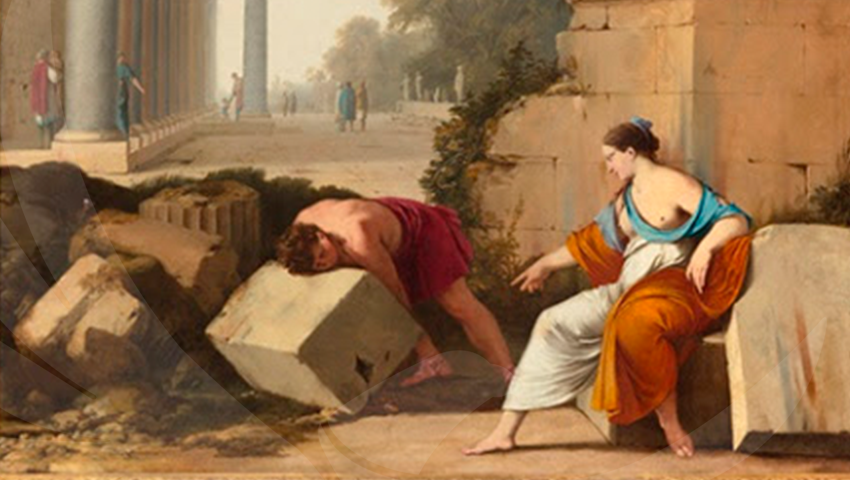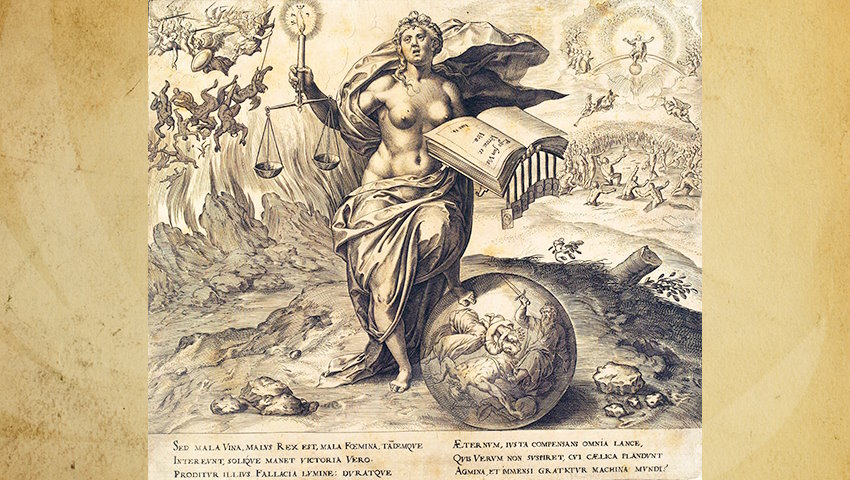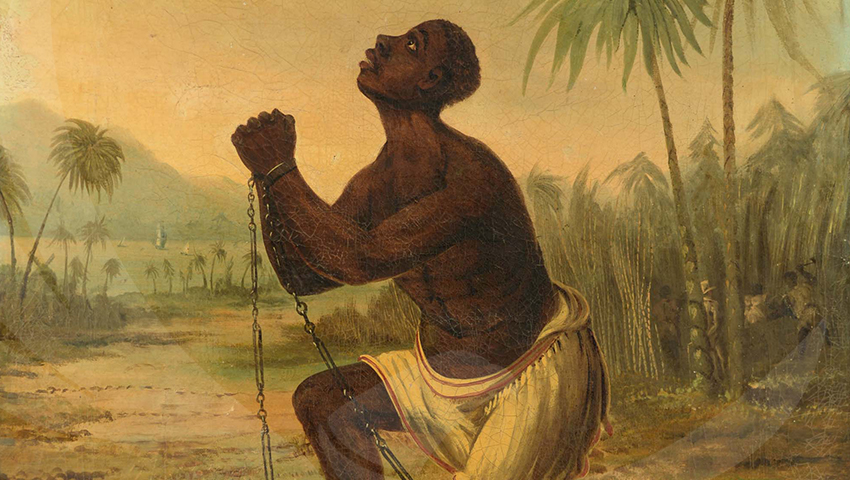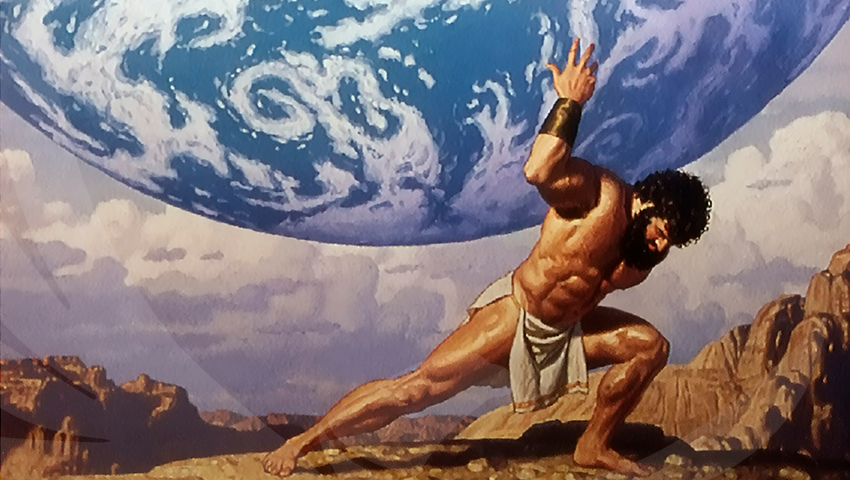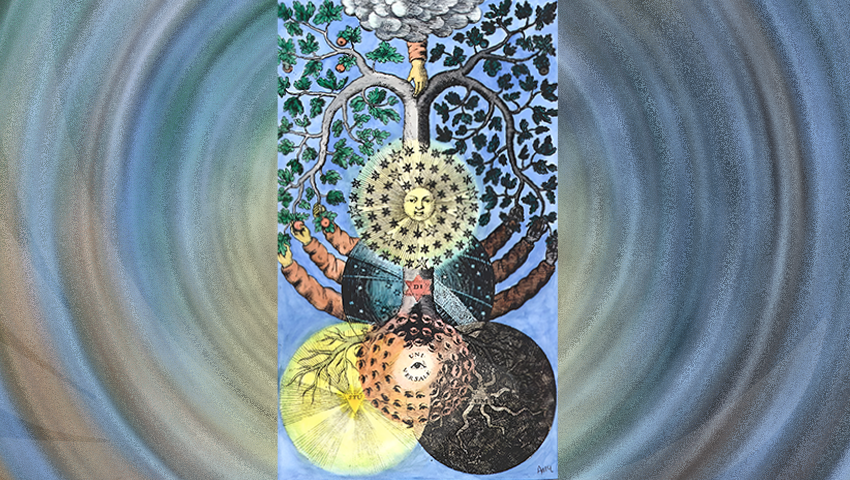Fondly remembered companions:
I am pleased to send you these comments about the present engraving attributed to the painter Dirck Volckertsz Coornher, who lived between the years 1522 and 1590. The work received the name of…
…CHRIST IN HIS WINEPRESS
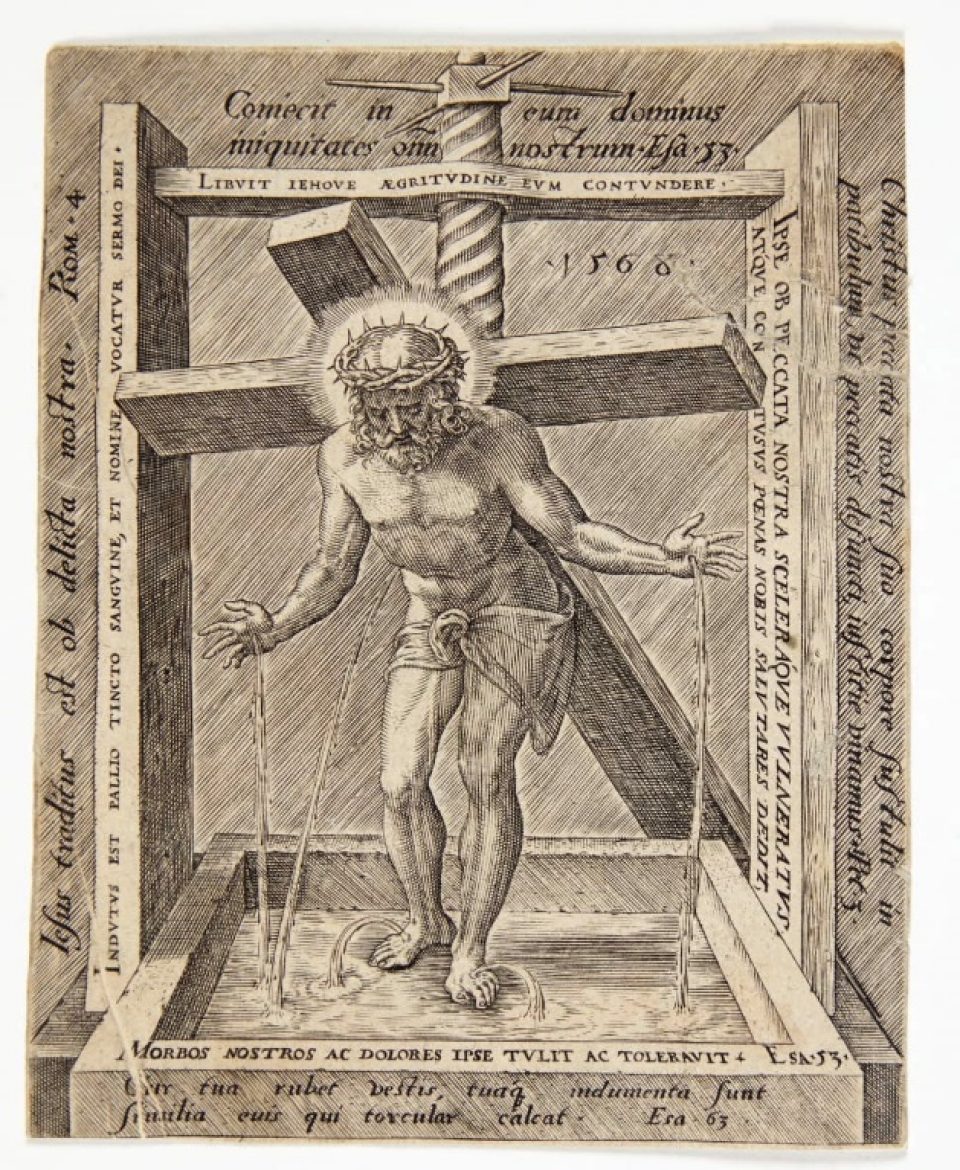
This engraving is also made in other Christian paintings and in them it appears with the name of The Mystical Winepress.
This portentous engraving is full of Latin phrases, which I have enclosed herewith:
LIBVIT IEHOVE AEGRITUDINE EUM CONTVNDERE. Isa. 53.
Translation: ‘Yet it pleased the Lord to bruise him; he has put him to grief. Isaiah 53:10’.
MORBID NOSTROS AC DOLORES IPSE TVLIT AC TOLERAVIT. Isa. 53.
Translation: ‘Surely he has borne our griefs and carried our sorrows. Isaiah 53:4′.
CUR TUA RUBET VESTIS TUAQ INDUMENTA SUNT SIMILIA EUIS QUI TORCULAR CALCAT. Isa. 63.
Translation: ‘Why is your apparel red, and your garments like the one who treads in the winepress? Isaiah 63:2’.
IPSE OB PECCATA NOSTRA SCELERAQVE VULNERATUS ATQVE CON TUSUS POENAS NOBIS SALUTARES DEDIT.
Translation: ‘But he was wounded for our transgressions, he was bruised for our iniquities; the chastisement for our peace was upon him, and by his stripes we are healed. Isaiah 53:5’.
INDUTUS EST PALLIO TINCTO SANGUINE ET NOMINE VOCATUR SERMO DEI.
Translation: ‘He was clothed with a robe dipped in blood, and his name is called: THE WORD OF GOD. Book of Revelation 19:13’.
Coniecit in eum dominus iniquitates omnium nostrum. Isa. 53.
Translation: […] ‘but the Lord has laid on him the iniquity of us all. Isaiah 53:6’.
Iesus traditus est ob delicta nostra. Rom. 4.
Translation: ‘Jesus was delivered up because of our offenses [….] Romans 4:25’.
Christus peccata nostra suo corpore sustulit in patibulum ut peccatis defuncti iustitae vivamus. Pet. 2.
Translation: ‘Christ bore our sins in his own body on the tree, that we, having died to sins, might live for righteousness. Peter 2:24’.
This work shows us the intimate Christ being sacrificed as if he were the fruit of the vine. There is no doubt that when we allude to the Christ we then remember those words that the V.M. Aberamentho pronounced to his disciples at the Last Supper: “This is my body, this is my blood, eat and drink. Do this always in memory of me.” From this act was born the so-called Christian Eucharist. Undoubtedly, the Christ in substance is the force that sustains the spiritual and physical worlds of which the Sephirotic Tree of the Hebrew Kabbalah speaks to us…
We do not exaggerate in any way if we say that, Gnostically speaking, this Christ in substance represents the Mercurial waters of the human being, which must undergo their transformation in the laboratory of our physical body. That is why we see that the cross that the CHRISTUS carries is nothing else than the sexual crossing of the lingam-yoni, which will allow our secretions to become the red elixir of the alchemists, so necessary to create our internal vehicles of the soul. Undoubtedly, the press that compresses the body of the Lord is, precisely, the Sahaja Maithuna or Arcanum A. Z. F. of the great mysteries. That —blood or substance— is the red garment alluded to in one of the phrases written in Latin —Book of Revelation 19:13— and also in the passage concerning Isaiah 63:2.
Unfortunately, the Catholic and Orthodox Christian Churches –both distorters of the original doctrine of the V.M. Aberamentho– have wanted to make the multitudes believe that all the hardships suffered by the Great Kabir of Nazareth washed away the sins of the whole world and, therefore, all sinful human creatures can continue to sin all their lives, since, in any case, they will be saved before the eyes of God. Nothing could be more absurd. They have tried to show humanity that Jesus of Nazareth was someone who wanted to be crucified so that we could continue to live our little sinful lives. Nothing could be more ridiculous! They have concealed from the social masses the hidden meaning of the work that must be done within us, by means of the voluntary sufferings and conscious sacrifices of our inner Lord, in communion with the conscious efforts of the Human Essence or Soul……
It is important to highlight the Latin sentence that reads “Christ bore our sins in his own body on the tree, that we, having died to sins, might live for righteousness”… Notice that it is being emphasized to us very clearly that in order for the Christ to redeem us it is necessary that we be dead to our sins. In other words: INNER DEATH IS NECESSARY to help our SALVADOR SALVANDUS to achieve our salvation and that we can be declared RIGHTEOUS, as is well expressed in the PISTIS SOPHIA UNVEILED by our Patriarch: V.M. Samael Aun Weor.
It is clear and it is said by contemporary Gnosticism that the intimate Jesus Christ is crucified because of our offenses –Romans 4:25– for all those crowds that demand the crucifixion of the Lord of Perfections are none other than the ten thousand psychological aggregates that we, unfortunately, carry within…
It is obvious that the intimate Christ is THE WORD OF GOD, in other words, He is the WORD OF THE FATHER –of the kabbalistic Kether–, and that is why it is said: “No one comes to the Father except through the Son”… That is why the Pistis Sophia declares to us: “He knows the interiors of the interiors and the exteriors of the exteriors”…
It is good to point out that, certainly, the intimate Christ takes on our illnesses and all our pains for the purpose of avoiding our involution in the infernal worlds or inferior strata of Nature. And that is why it is affirmed that HE RESURRECTS US TO ETERNAL LIFE…, let us not forget it…
The engraving clearly indicates to us how the blood or red tincture of the INTIMATE CHRESTOS springs from his stigmata to become the wine of transubstantiation that enriches our inner life.
In another engraving similar to the present one and attributed to a painter named Hieronymus, of Flemish origin, the intimate Christ appears again in his winepress and near Him the Divine Mother, because it is incontrovertible that the Divine Mother works under the direction of her son. Without the help of our Stella Maris it is impossible to DIE IN OURSELVES so that later the Lord of Perfections may carry out in our animic continent his GREAT WORK and in this way He Himself becomes our PHILOSOPHER’S STONE.
In that other engraving to which we refer, it is easy to also observe an angel collecting the blood of the Redeemer in a chalice. That is why the Christian Eucharist distributes the bread and wine in its sacred ceremonials, especially in the Sacred Mass, because the Christic atoms descend from the superior worlds of Consciousness to help the devotees in their inner transformation, and such atoms are deposited in the wine and bread of the Eucharist. That was the pact that the intimate Christ sealed with his Apostles…
Friends, the prophet Isaiah had already in his time predicted the coming of the Messiah, and therefore several of the Latin phrases that accompany this engraving mention him pertinently.
Let me now offer you some maxims for reflection:
“Suffer patiently for God, in poverty, illness, labors and affronts, and you will be rewarded.”
Saint Teresa
“We seek ourselves in happiness, but we only find ourselves in suffering.”
Henry Bataille
“We are healed of a suffering only by experiencing it to the full.”
Marcel Proust
“He who fears suffering already suffers what he fears.”
Montaigne
“The more a man loves, the more he suffers. The sum of possible grief for each soul is in proportion to its degree of perfection.”
Amiel
HOC IS ENIM CORPUS MEUM.
─‘This is my body’─.
KWEN KHAN KHU
